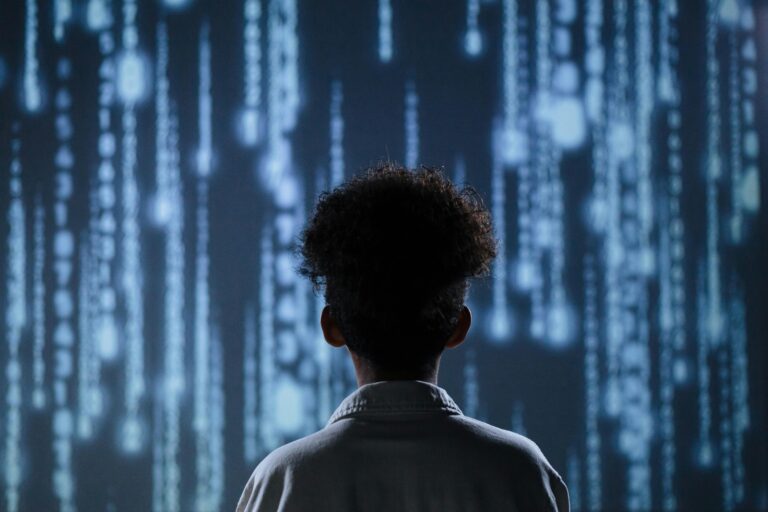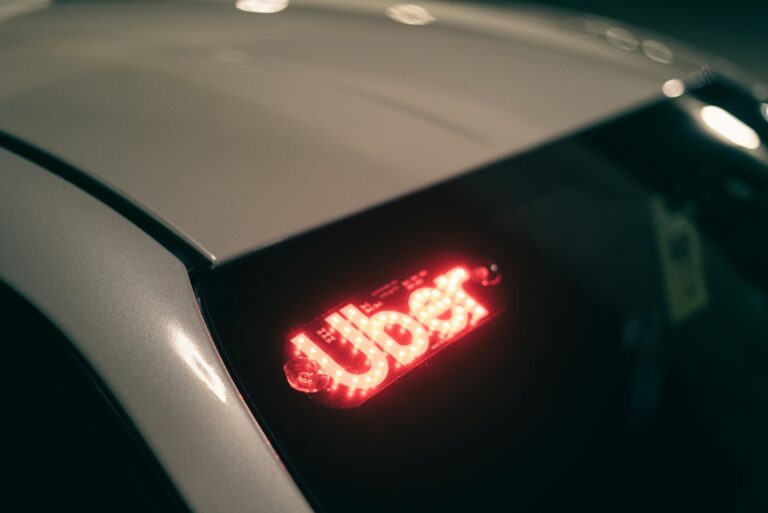
3. Creative Campaigns Powered by AI—Where’s the Line?
AI-generated visuals, videos, and ad copy are everywhere now. So, are brands losing their creative soul?
🎨 Example: Heinz used AI to generate “what ketchup looks like” around the world—and the results almost always looked like Heinz. Instead of replacing creativity, they used AI to prove their brand consistency.
💡 Lesson for marketers: Use AI as a creative partner, not a crutch. Add a human touch to make the output shine.
4. Leveling the Playing Field for Small Startups
AI in marketing can be a powerful equalizer. Small businesses with tight budgets can now compete with industry giants.
🛍️ Example: Omsom, a small Asian meal starter brand, uses AI tools for email automation and social copywriting—allowing them to stay lean while growing fast in the U.S. market.
💡 For early-stage brands, AI isn’t cheating—it’s a lifeline.
Also Read : Navigating Greenwashing: How to Ensure Your Brand’s Sustainability Efforts Are Genuine
5. Ethical Boundaries and Transparency
Let’s be clear—AI can cross ethical lines when misused. Deepfakes, fake reviews, and undisclosed bots can harm your brand long-term.
⚖️ Example: In 2023, Sports Illustrated faced backlash for allegedly publishing AI-generated content under fake author names. The fallout was swift and damaging.
✅ Rule of thumb: Always disclose when AI is used in sensitive areas. Transparency builds trust—especially with American consumers.


